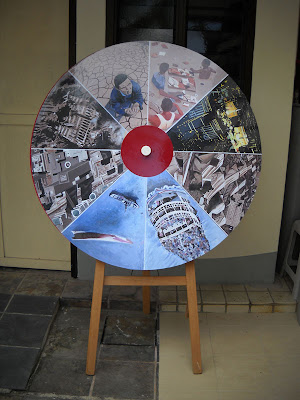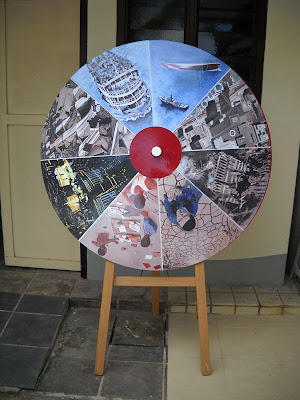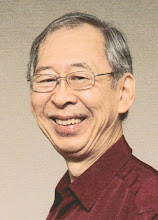After a few weeks break, I've started on a new painting, the second one since the lull after my October painting exhibition.
My work on this oil painting was triggered off by being upset over some traumatic current event. The painting will have a lot of smoke and fire.
To explain the process, I first had to decide on the proportion and select the canvas. By now I don't have many new canvas and the only one suitable was abandoned after being partially painted. Tnus I had to cover it by painting acrylic gesso over it.
I then started the painting by applying a thin coat of yellow oil colour (Cadmium Yellow Light) over most of the canvas. I then had to wait for it to dry a bit before adding other colours. If this layer is still wet, this colour will gradually filter up into subsequent layers of other colours.
This below is how the WIP looks like after applying two more colors, red (Cadmium Red Medium) and black (Paynes Grey).
I'm surprised what can be painted with just three colors. And I have not added white yet.
Size: 30 x 40 in.

.



















